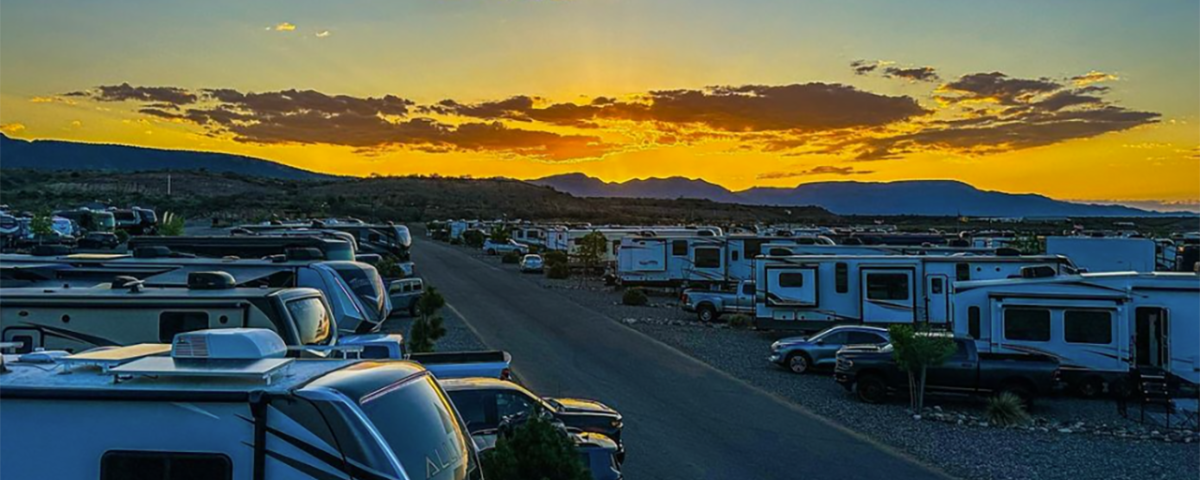
Why Northern Arizona Should Be on Every Camper’s Bucket List
July 24, 2025Southern Arizona at a Glance
For snowbirds, “Southern AZ” typically covers the Phoenix metro & West Valley, Tucson & the Santa Cruz Valley, Yuma & the Colorado River corridor, and Cochise County (Bisbee, Sierra Vista, Willcox). Expect mild days, cool nights, and plenty of sun.
Best Base Areas for Winter RVers
Phoenix & West Valley
Huge park variety, golf, spring training (late Feb/Mar), and top medical/services. Expect the most amenities and busiest booking calendars.
Tucson & Catalina Foothills
Museum‑rich, bike‑friendly, and ringed by mountains. Day‑trip to Saguaro National Park, Mission San Xavier del Bac, and Mt. Lemmon’s scenic drive.
Yuma & the Colorado River
Some of the warmest winter temps in the state, with easy river access and proximity to California and Mexico day‑trips.
Cochise County
High‑desert vistas, dark skies, and Old West towns like Tombstone and Bisbee; wineries around Willcox make great weekend loops.
When to Book & How Long to Stay
- Prime window: Late October through March for the most stable warm weather.
- Book early: Secure monthly sites by late summer (Aug/Sept); January and February go fastest.
- Try split stays: Do 4–6 weeks in one metro (Phoenix/Tucson), then a few weeks in Yuma or Cochise for variety.
Pro move: If you’re flexible, ask parks about shoulder‑month discounts (November and March) or mid‑week arrivals for better site selection.
A 6–10 Week Snowbird Route (RV‑Friendly)
- Phoenix/West Valley (2–4 weeks): Ease in with full amenities, sports, and city conveniences.
- Tucson (2–3 weeks): Museums, missions, and mountain day‑trips; bike The Loop path.
- Yuma (2–3 weeks): Warmest weather; river walks and desert views nearby.
- Cochise (1–2 weeks): Quieter finale—dark skies, birding, history, and wine country tastings.
Map and save options on GoCampingInArizona.com (swap in region pages when publishing).
Picking the Right Site (Winter Edition)
Hookups & Amenities
For multi‑week stays, prioritize full hookups, laundry, mail handling, pet areas, and strong Wi‑Fi options.
Sun, Shade & Wind
South‑facing sites warm faster on cool mornings. In breezy areas (Yuma/river corridor), use windbreaks and secure your awnings.
Winter RV Tips for the Desert
Weather & Safety
- Desert nights can dip into the 40s—bring a heated hose or insulate as needed.
- Stay sun‑smart: SPF 30+, brimmed hat, and daily hydration.
- Know fire restrictions and dust‑storm protocols if driving on I‑10.
Gear Shortlist
- Water pressure regulator & inline filter for variable hookups.
- Portable water jugs for day trips and remote trailheads.
- Compact electric heater for chilly mornings (check park policies).
Travel Kindly
Stay on signed routes, pack out trash, and observe quiet hours. Review the 7 Leave No Trace Principles—deserts are fragile, especially around washes and cryptobiotic soils.




